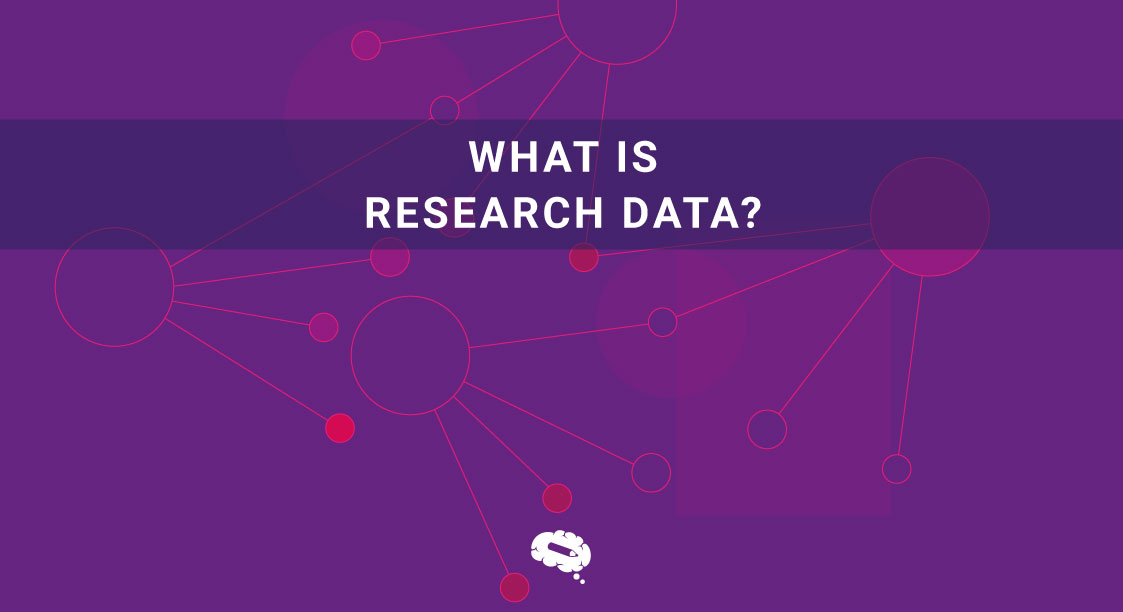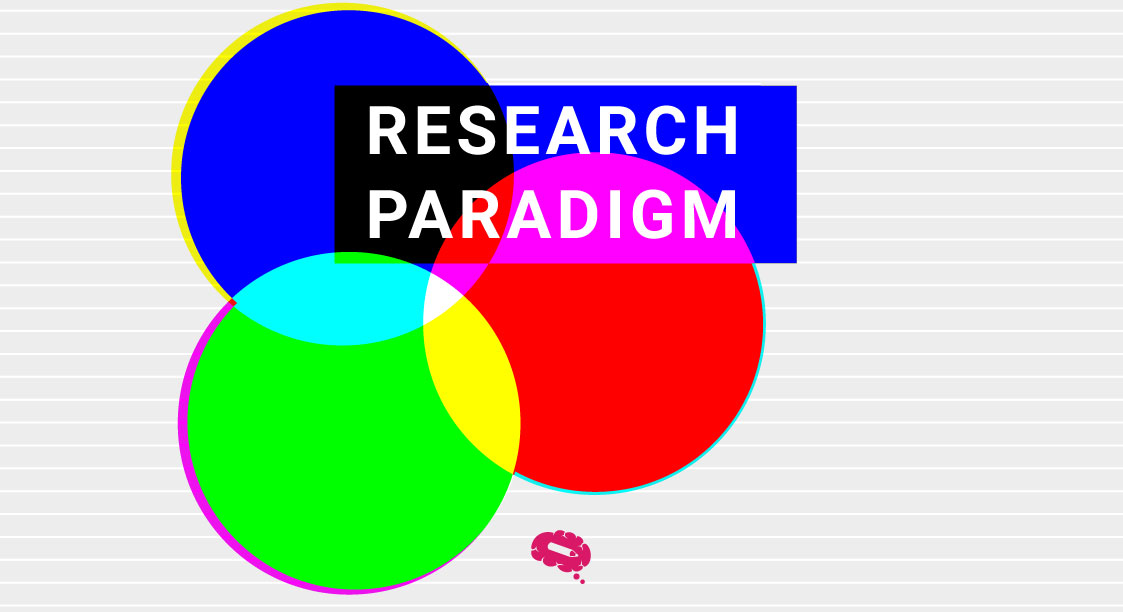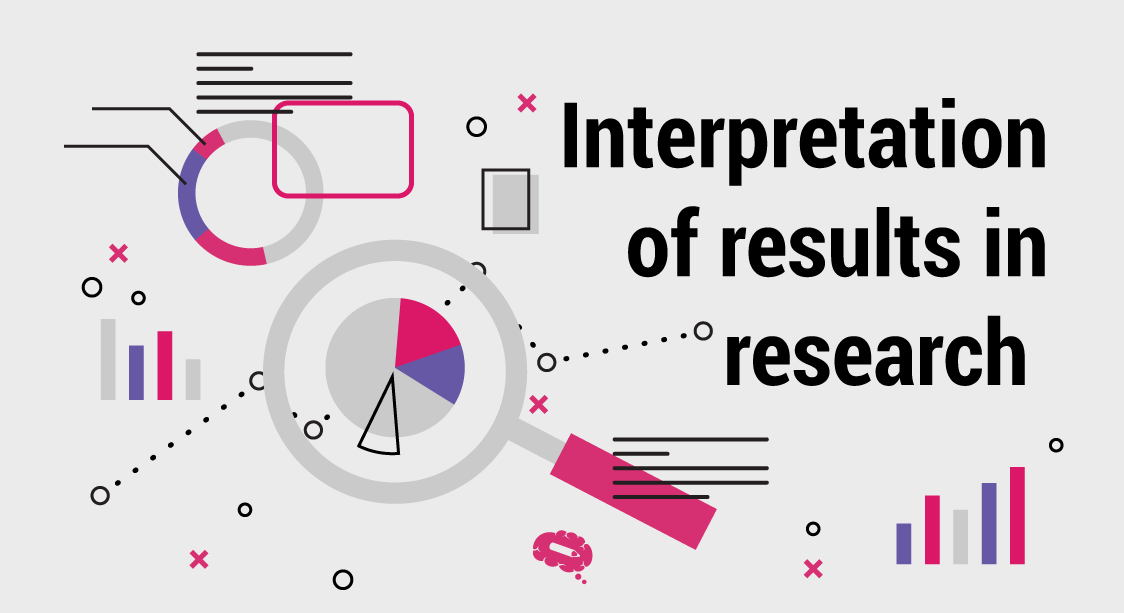To solve problems and describe a phenomenon, researchers lean extensively on data. Answers to many questions come from research data. How would you answer a question if there was no information, to begin with? By mining data, you can discover interesting patterns and uncover a wealth of information.
The information they create is influenced by the data they explore, their objectives, and the perspectives of their readers. Researchers should remain unbiased whenever they explore data carefully and remain receptive to unfamiliar trends, concepts, and results. Let’s look at what is research data and what are the categories.
What is research data?
Research data is information gathered, documented, compiled or generated in order to confirm the credibility of initial research results. Research data, including correspondence entries and laboratory records, is often digital, but may also be non-digital.
There’s more to research data than just numbers. Any material used and analyzed for research endeavors are considered research data. The term “research materials” is used more often than “research data” in certain academic fields.
There are many ways to collect research data. There is no limit to the amount of research data that can be derived from one researcher’s work. There are many kinds of data, such as video clips, statistics, graphics, transcriptions, audio files, transcribed interviews, data from experiments, code for programs, and many others.
Examples of research data
There are many ways to collect research data. Here are some possibilities:
- Files such as documents and spreadsheets
- Notebooks for laboratories, field trips, and diaries
- Codebooks, transcribed interviews, and questionnaires
- Videotapes and audiotapes
- Images, video recordings
- Results of the test
- A slide, an object, a “sample”, or a “case study”
- Digitized output archives
- Input/output data
- An algorithm or a model
- Annotations
- Analysis of software inputs, outputs, log files, data structures
- Processes and methodologies
Why is sharing research data important?
Sharing data instead of replicating already published research is an advantageous way to build upon the work of fellow researchers. Research topics can also be meta-analyzed through the sharing of data. Public sharing of research findings is now a requirement of many funding agencies and institutions.
The distribution and use of data within the research ecosystem are increased through better data sharing, transparency, and information availability. As a result, public policy and planning can be informed as a result of higher-quality, more accessible facts.
The researcher and research sponsor both benefited from data sharing. It encourages researchers to be better managers of their data and ensure the data is of high quality when their peers and the public have access to them. Data sharing encourages awareness and further research in their fields of expertise. Research sponsors and researchers can benefit from data sharing by raising their visibility and recognition.
The scientific community is largely supportive of data sharing, but it takes a lot of time, effort, and resources to make it happen. To prepare data for sharing, it is important to carefully document the data collection methods and the results of the research.
Sources of research data
It is possible to generate research data for a variety of reasons and using multiple methods. A few examples are listed below:
- Observational Data: Behaviour or activity is observed and captured as observational data. A variety of methods are used for collecting data, including observation, questionnaire surveys, and the use of monitoring devices and instruments.
- Experimental data: When a variable is altered, researchers aim to create a difference or produce a change by actively intervening. Researchers can typically determine causal relationships using experimental data and can apply the results broadly. There is typically a cost associated with reproducing these types of data.
- Simulation data: Computer models mimic the behavior of realistic processes over time to generate simulation data. The output data is more important than the metadata and the model generated from the test models.
- Derived/compiled data: Data that is modified from previous data samples. In the event that it is lost, it can be reproduced, but the cost would be high. Three-dimensional models and compiling databases are examples.
- Reference or canonical data: These are substantial collections of more compact published and meticulously prepared datasets. An example might be a database storing gene sequences, a database containing atomic structures, or a database storing coordinates.
Increasing the impact and visibility of your work
It has been reported that articles with graphical abstracts make 8x more social media shares. You now understand the importance of including enough graphics in your articles.
Thankfully, it’s now super simple to do so. With Mind the Graph, you can create illustrations, posters, and graphical abstracts in just a few clicks. You can also have them customized by our experts. Don’t wait any longer, do it today!

Subscribe to our newsletter
Exclusive high quality content about effective visual
communication in science.




